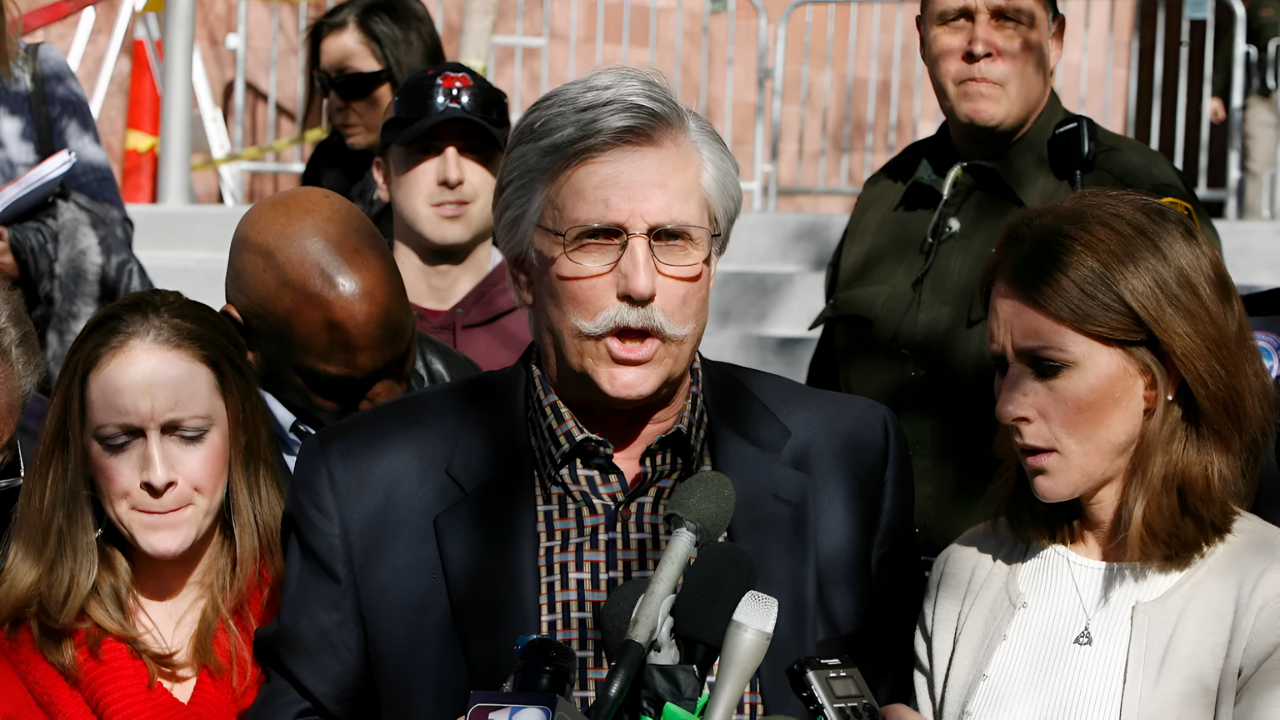
For 31 years, Fred Goldman waited. While O.J. Simpson played golf in Las Vegas, the father of murdered waiter Ron Goldman pursued justice through courtrooms and creditor claims. Now, as Simpson’s estate is worth barely $600,000, the $57.9 million acceptance marks an unprecedented reversal.
Estate executor Malcolm LaVergne’s dramatic turnaround signals the Goldman family’s relentless three-decade battle may finally yield results, even if the actual payout remains uncertain and limited.
The Night Everything Changed
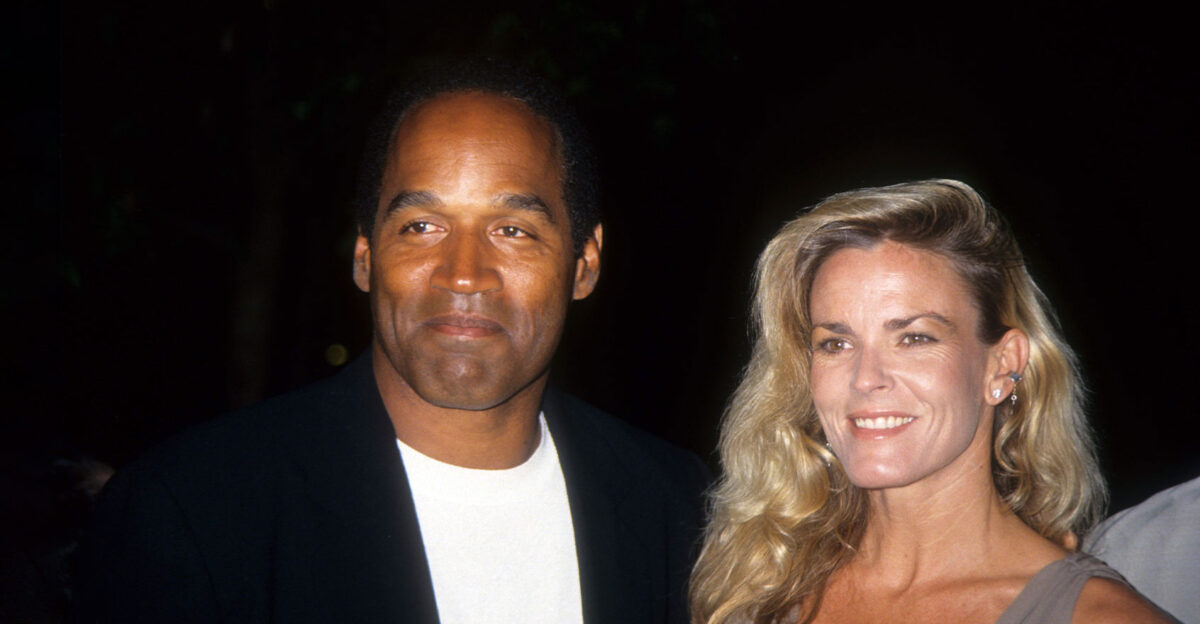
On June 12, 1994, Nicole Brown Simpson and Ron Goldman were found brutally stabbed to death outside Nicole’s Brentwood, Los Angeles condominium. Ron, a 25-year-old waiter at Mezzaluna restaurant, had stopped by to return the glasses Nicole’s mother had left behind.
The murders shocked the nation and thrust a waiter’s name into history. The crime would launch America’s most sensational trial and spark a legal saga that would consume three decades of Fred Goldman’s life.
The Trial of the Century

O.J. Simpson was arrested and charged with the murders following a televised low-speed chase down the Los Angeles freeway on June 17, 1994.
His criminal trial, which began January 24, 1995, captivated the nation as celebrity defense lawyers, including Johnnie Cochran, Robert Kardashian, and F. Lee Bailey, argued his innocence. The high-profile courtroom drama dominated headlines and divided America, making it truly the “Trial of the Century.”
The Shocking Verdict
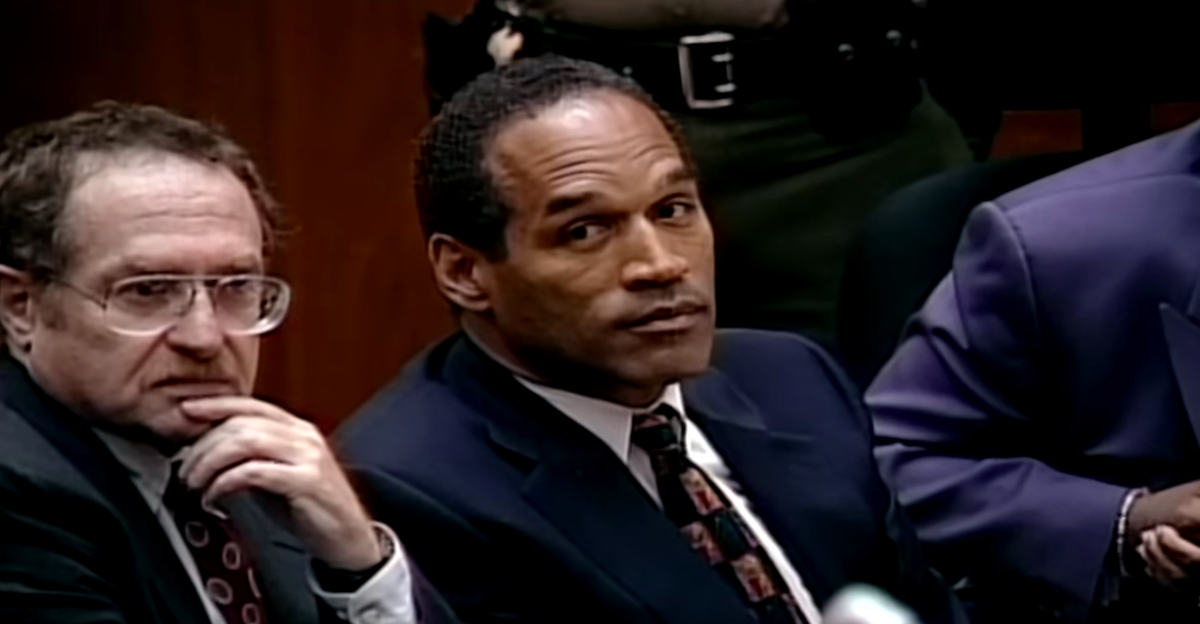
On October 3, 1995, after less than four hours of deliberation, the jury declared O.J. Simpson not guilty of murdering Nicole Brown Simpson and Ron Goldman.
The verdict shocked millions who believed the evidence was overwhelming. Simpson walked free, while Fred Goldman watched his son’s killer escape criminal justice. For Goldman, this marked the beginning of a different fight—one that would keep him battling in civil courts and creditor proceedings for three more decades.
The Civil Case
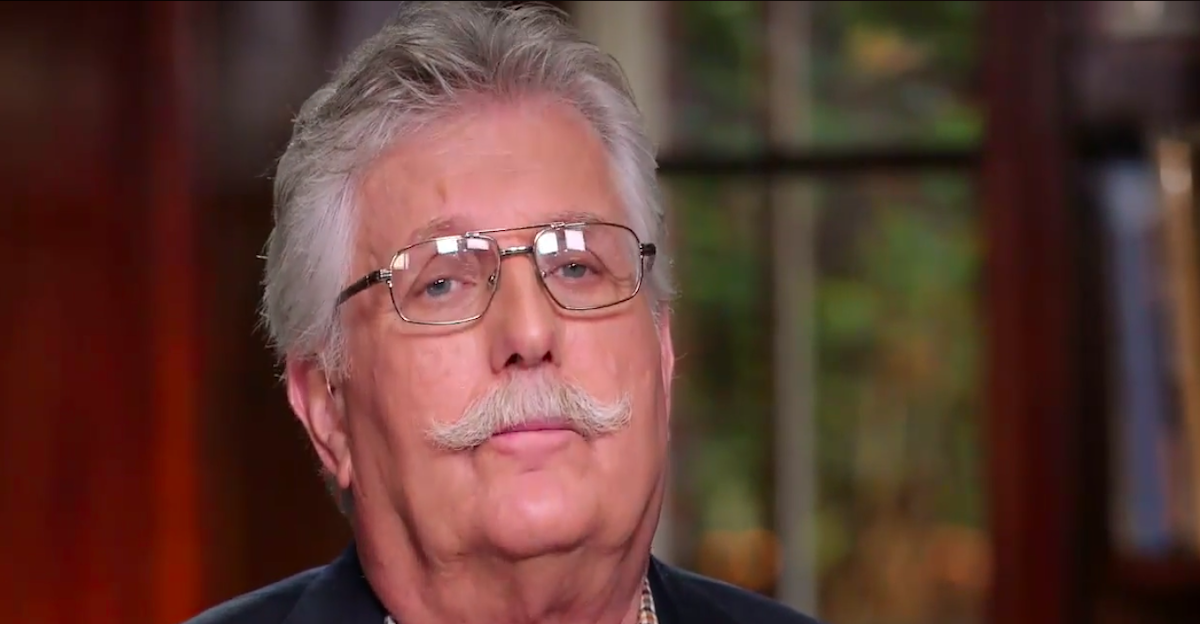
Fred Goldman refused to accept defeat. In 1996, he filed a civil wrongful death lawsuit against Simpson, joined by Nicole Brown Simpson’s family. Unlike the criminal trial, which requires proof “beyond a reasonable doubt,” civil court requires only a “preponderance of the evidence.” Judge Hiroshi Fujisaki presided over the case in Santa Monica.
Crucially, Nicole’s diary entries—excluded from the criminal trial—were now admissible, revealing patterns of abuse.
$33.5 Million Judgment

On February 4, 1997, the civil jury found Simpson liable for both murders. The jury awarded Goldman’s parents $8.5 million in compensatory damages for the loss of Ron.
The jury then awarded $12.5 million in punitive damages to Goldman’s parents and $12.5 million in punitive damages to Simpson’s children by Nicole. Combined, the total judgment reached $33.5 million. Fred Goldman finally had legal validation that Simpson had caused his son’s death.
The Bankruptcy Loophole
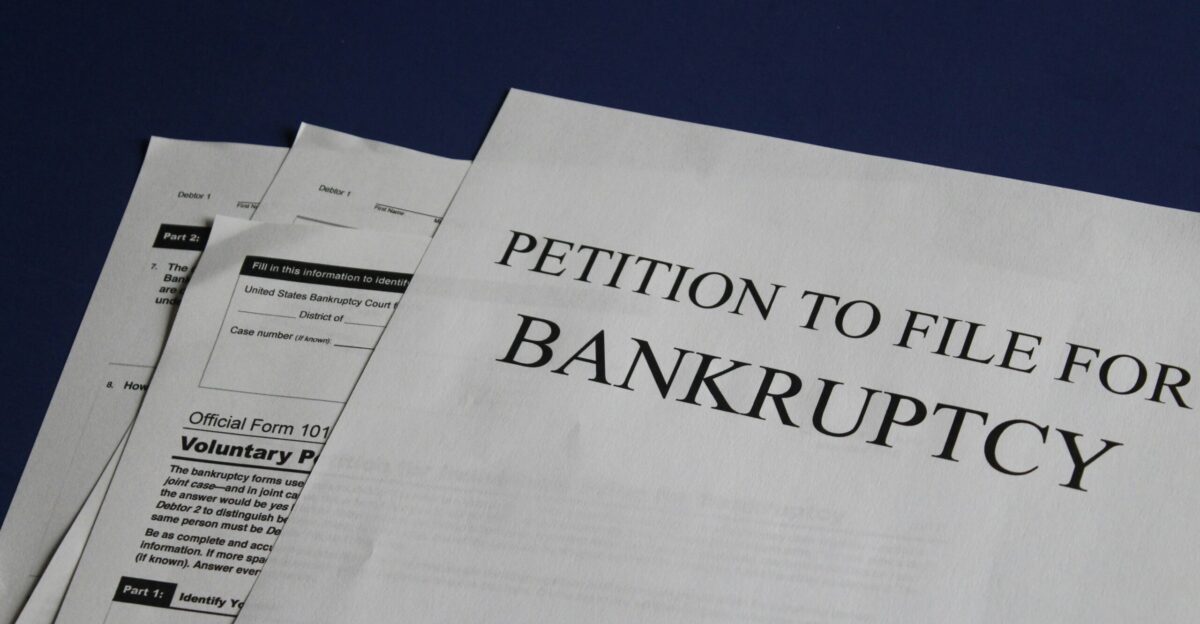
Shortly after the $33.5 million judgment, Simpson filed for bankruptcy—a legal strategy that protected his substantial pension and assets from seizure. The bankruptcy filing devastated the Goldman family, who discovered Simpson had no intention of voluntarily paying.
Throughout the 1990s and 2000s, Simpson relocated to Florida, where state law further protected his NFL pension from creditors.
Three Decades of Pursuit

What followed was an unprecedented three-decade battle. Fred Goldman became an investigator, tracking Simpson’s finances, his book deals, and his possessions. He pursued memorabilia sales, tracked Simpson’s golf outings, and monitored his movements through Nevada.
Other creditors eventually dropped their claims, but Goldman persisted. He filed legal motion after motion, hired forensic accountants, and refused to accept defeat. Simpson, meanwhile, lived comfortably on his protected pension in a gated community in Las Vegas.
Prison and Parole
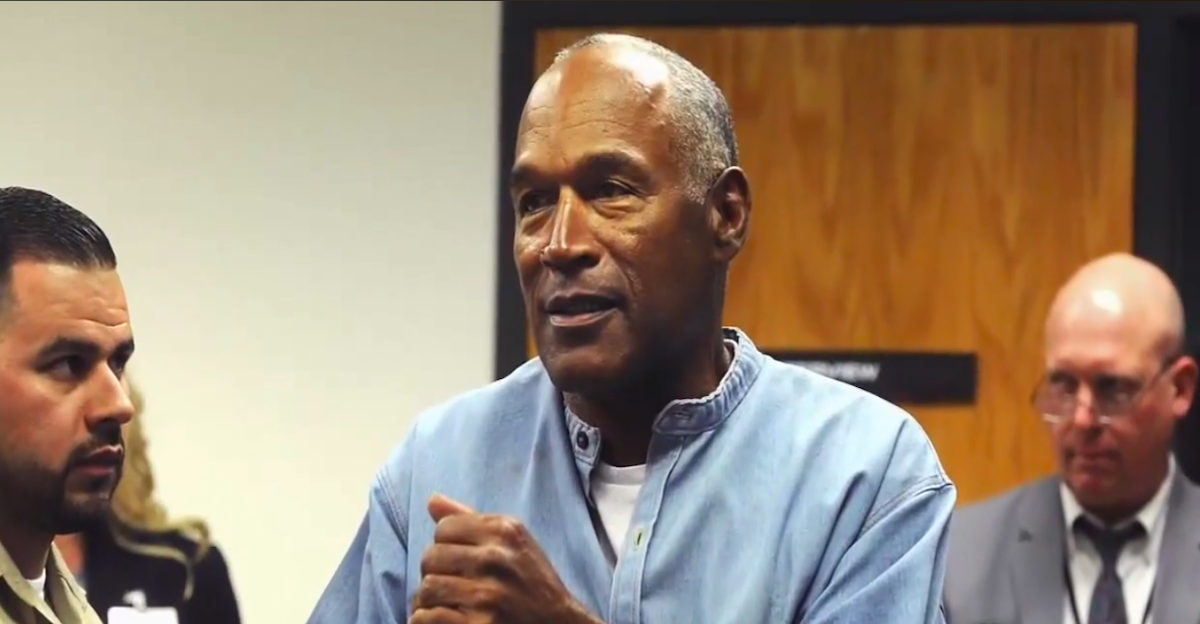
In 2007, Simpson faced new criminal charges when he attempted to recover sports memorabilia from hotel room dealers in Las Vegas. He was convicted of armed robbery, kidnapping, and assault, receiving a minimum nine-year sentence.
He was released on parole in October 2017 and lived quietly in a Las Vegas gated community on his protected pension. Even in prison and after, the Goldman family pursued their claim. Simpson died of prostate cancer on April 9, 2024, at age 76.
The Estate’s Unexpected Reversal

When Simpson died in 2024, his estate appeared virtually worthless, valued at just under $600,000, with significant debts. Malcolm LaVergne, the estate executor, initially vowed never to pay the Goldmans, stating his hope that “the Goldmans get zero, nothing.” But by November 2024, LaVergne completely reversed course.
On November 15, 2024, he accepted Fred Goldman’s creditor claim in a court filing in Clark County, Nevada. The acceptance marked an extraordinary turnaround in the 31-year saga.
The $58 Million Acceptance

The estate executor accepted Goldman’s claim for exactly $57,997,858.12, plus 30 years of accumulated interest and judgment costs. This figure had been negotiated between LaVergne and Goldman’s legal team.
Fred Goldman had initially requested over $117 million, which accounted for interest accrued over three decades. LaVergne rejected that calculation, but both parties eventually settled on nearly $58 million as the acceptable amount owed.
Why the Dramatic Reversal?
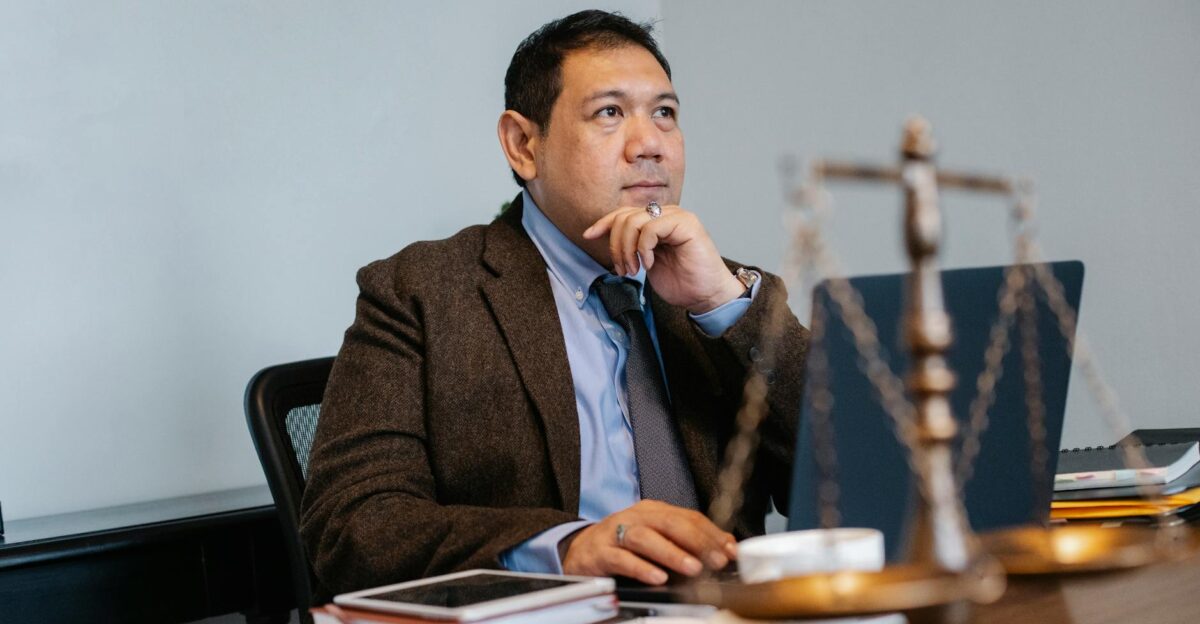
Legal experts suggest that LaVergne’s change of heart stems from practical estate management considerations. Accepting the Goldman claim prevents lengthy litigation that would consume resources and time.
The acceptance also signals good faith efforts to settle Simpson’s debts. Moreover, by acknowledging the Goldman family’s claim rather than fighting it, LaVergne positions the estate favorably to address its numerous obligations. The acceptance doesn’t mean payment—it means recognition of the debt’s validity.
The Payment Reality Check

Despite the nearly $58 million acceptance, the reality remains grim. Simpson’s estate contains minimal assets beyond his Las Vegas home. LaVergne has indicated the estate can likely raise only $500,000 to $1 million through auctions of Simpson’s possessions, memorabilia, and property sales.
Some items have been stolen, further reducing available funds. This means the Goldmans will ultimately receive a fraction of the $58 million owed—perhaps 1% to 2% of the total judgment.
The Estate Auction Strategy

To generate funds, LaVergne has authorized the auctioning of items from Simpson’s personal collection. The estate plans to sell memorabilia, personal possessions, and potentially other assets to raise capital toward the Goldman claim.
However, theft has complicated matters—several high-value pieces have gone missing from Simpson’s collections. LaVergne has indicated that he’s working with authorities to recover the stolen items, but their recovery remains uncertain, further limiting the available funds for payment.
Other Claims and Priorities

The IRS also has claims against Simpson’s estate for unpaid federal taxes, and those obligations take priority over the Goldman claim. California also filed a $636,945 claim related to state obligations, though LaVergne indicated the state must sue separately if it wants payment.
By prioritizing federal tax obligations over other creditors, LaVergne follows standard bankruptcy protocol. The Goldman family, despite their 31-year fight, remains in second position behind the federal government.
Fred Goldman’s Historic Persistence
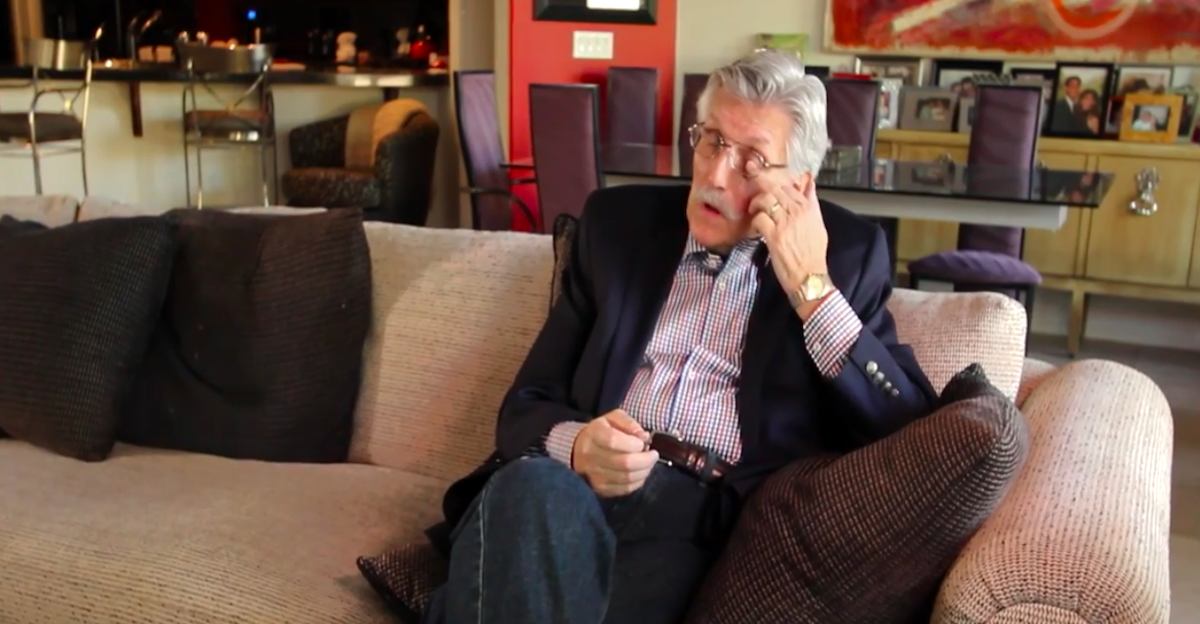
Fred Goldman’s 31-year pursuit remains one of the most remarkable creditor battles in American legal history. He refused to accept Simpson’s various excuses—no money, protected pensions, bankruptcy protections.
Goldman hired lawyers, forensic accountants, and investigators. He became a public advocate for victims’ rights and reform of creditor protection. His relentless pursuit demonstrated that even when criminal justice fails, persistence in civil court can yield validation.
The Executor’s Surprising Statement
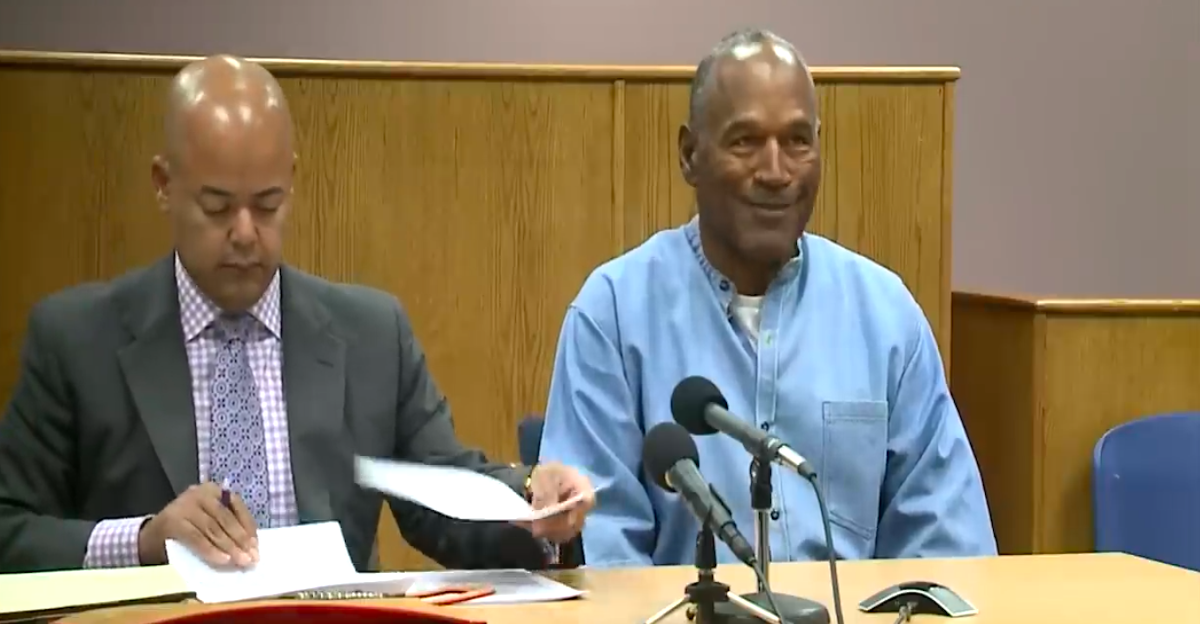
Malcolm LaVergne told media outlets, “It won’t be $58 million plus interest, but it will be a voluntary payment. That’s the point.” His statement acknowledged the estate’s insolvency while emphasizing that the Goldmans will receive whatever funds can be generated.
This represents a stunning reversal from his earlier statement that he wanted the Goldmans to receive “zero, nothing.” The voluntary payment approach suggests the estate is attempting to do right by the Goldman family within its financial limitations.
Justice, Though Incomplete

Legal experts characterize the settlement as partial justice at best. While the estate’s formal acceptance validates the Goldman family’s 1997 judgment and acknowledges Simpson’s liability, the actual payment will fall dramatically short of the full amount owed.
Still, for Fred Goldman and Ron’s memory, the acceptance represents vindication after decades of Simpson’s evasion.
The Impact on Victims’ Rights

The settlement has broader implications for the advocacy of victims’ rights. Fred Goldman’s battle revealed gaps in asset protection laws and demonstrated how wealthy defendants can evade judgments through strategic bankruptcy and relocation.
His three-decade fight sparked conversations about judgment enforcement, pension protections, and creditor rights.
Legacy

Ron Goldman was 25 years old when he was murdered on June 12, 1994. For 31 years, his father refused to let the world forget that Simpson’s acquittal was not the final chapter. Through civil litigation, creditor claims, and sheer determination, Fred Goldman kept Ron’s case alive.
The November 2024 estate settlement, while financially modest, represents the ultimate vindication: the recognition that O.J. Simpson was liable, that the judgment stands valid, and that Ron Goldman’s death deserves accountability—even three decades later.


